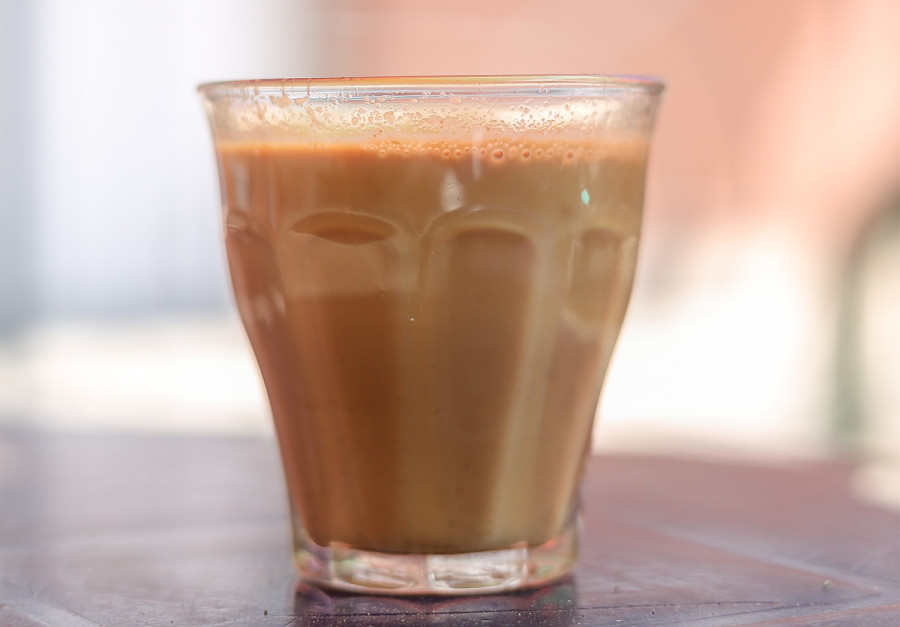Weekender
The drink Nepal can’t live without
Tea is not just a drink you drink every morning. It is an obsession
Post Report
Chiya Khane?’ is the most common phrase used by Nepalis, be it when guests come over or just casually catching up with friends and colleagues. Chiya is more than just a cup of tea to start the day with—the thick sweet drink is an integral part of the rhythm of life.
The famous Chiya Ghar in Sinamangal is popular for its Matka Chiya (masala tea served in clay cups). With an open and spacious sitting arrangement and an authentic decor, this place has been a crowd puller. One of the staff at the restaurant, said, “The busiest time is around 4:00-6:00 pm with most groups stepping in for a cup after a long and tiring day.” Especially popular among youth and teenagers, Chiya Ghar is the perfect hangout spot. Krishma Dhakal, a college student and one of their regular customers said, “They serve the best tea in this area. My friends and I come here almost every day.”
Another popular tea joint is Chiyawala in Aloknagar—a tea room with vintage aesthetics and artistic interiors, that is Instagram worthy. Experimenting and customising with tea, all the while maintaining the authentic taste has made Chiyawala a popular joint among locals and foreigners. Apart from group hangout, this place is perfect for some alone time as well. One can spend their whole day sunbathing, relaxing or reading a book here.
With all the new tea shops brewing on a daily basis, one old soul has been in business for more than two decades. Mama’s Tea Shop in Basantapur still remains strong in business and customer loyalty. Samanata Rai, who was sipping her regular tea while she waited on her friend, said, “Mama’s tea is like a power booster. My day is not complete without at least one cup of tea from here.”
Gopal Prasad Acharya, famously known as Mama (Nepali for maternal uncle), has been everyone’s go-to Tea Master when it comes to sipping the unofficial national drink of Nepal. The Post, out of sheer curiosity, wanted to know what his secret recipe was. He said, “A ‘recipe’ is not really necessary; it’s really the method that matters.” So we sat down beside him in his small and cosy tea shop, hoping to learn his Jedi skills on making the most sought after tea in town. People were flocking every 10 seconds asking for a cup of tea. “You’ll need roughly one part milk to two parts water, lots of tea grains, plenty of sugar, and the optional addition of spices like cardamom, cinnamon and cloves,” he said, handing a cup of tea to one of his customers. As he poured these ingredients one by one into a big pot, he also mentioned an important step. “Do not forget to keep stirring it. The tea will be fully brewed and will taste heavenly,” he said. After impatiently waiting for a few minutes, the tea was ready. A sip and we were there, in tea heaven.
‘Ek cup tato chiya ra guff’ has and will always be a part of our society. There’s no escaping the fact that chiya has a ubiquitous presence in our lives, and there’s no escaping its presence even for outsiders. Here’s the kicker about the thing—you can’t refuse a chiya. It’s just not done. You simply have to accept each cup offered to you.




 15.12°C Kathmandu
15.12°C Kathmandu







%20(1).jpg&w=300&height=200)

